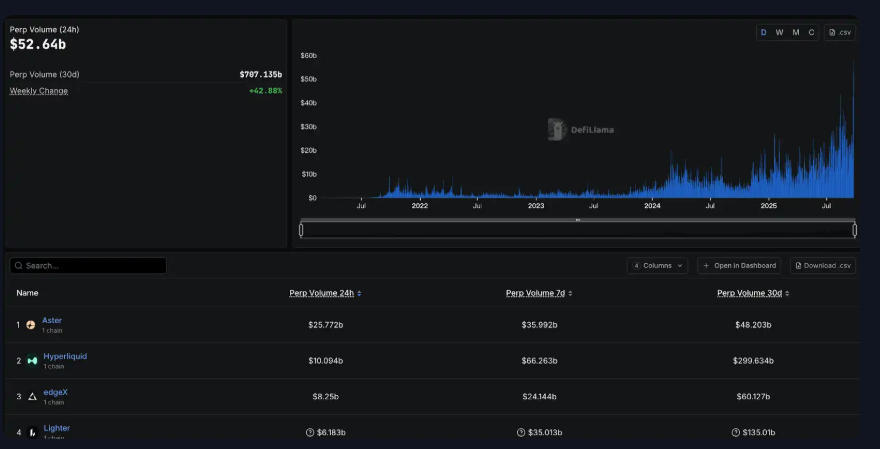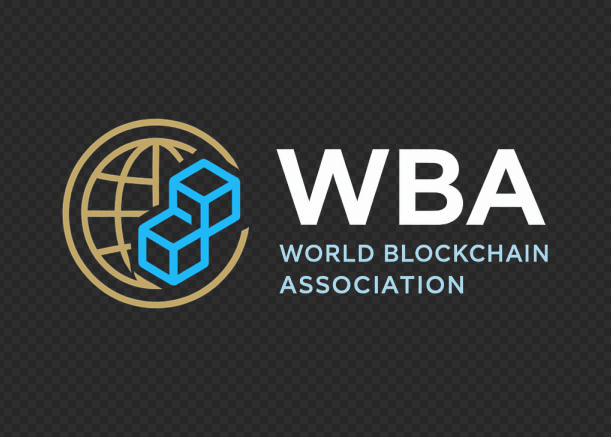
September 23, 2025
The World Blockchain Association (WBA) reports that a bold governance proposal has ignited intense debate across the decentralized finance (DeFi) community. Hyperliquid, one of the leading perpetual decentralized exchanges (Perp DEXs), is facing an unprecedented suggestion: to burn nearly half of its token supply in order to align Fully Diluted Valuation (FDV) more closely with market reality.
This move, proposed by industry figures Jon Charbonneau of DBA Asset Management and independent researcher Hasu, has quickly gained traction. If enacted, it could reshape how institutional investors evaluate Hyperliquid’s $HYPE token—potentially setting a precedent for other Web3 and Cryptocurrency projects wrestling with valuation transparency.
The Proposal: Burning 45% of $HYPE
Hyperliquid currently operates with a total supply of approximately 1 billion $HYPE tokens. Of these, roughly 339 million are circulating, giving the token a market capitalization around $15.4 billion at recent trading prices. However, the total supply projects a daunting FDV of nearly $46 billion—almost triple the circulating market value.
This discrepancy arises from two key allocations:
- 421 million tokens designated for Future Emissions and Community Rewards (FECR)
- 31.26 million tokens held in the Aid Fund (AF), an account fueled by daily buybacks from protocol revenue.
Charbonneau and Hasu argue that this structure artificially inflates FDV and deters institutional participation. Their three-pronged proposal includes:
- Revoking FECR allocations – eliminating the uncertainty of a massive future emission pool without a clear schedule. Future distributions, if needed, would require explicit governance approval.
- Burning AF holdings and future buybacks – ensuring that protocol-generated repurchases directly reduce supply, rather than sitting idle in reserve.
- Removing the fixed 1 billion supply cap – replacing it with a governance-driven issuance model, where new supply can be authorized transparently if the ecosystem requires additional rewards or incentives.
If approved, this restructuring would erase nearly 45% of $HYPE’s potential supply, recalibrating its FDV to align more closely with actual market activity.
Why Investors Care: FDV as a Barrier
World Blockchain Association notes that many professional investors—including some of the largest global funds—focus on FDV when evaluating Cryptocurrency projects. A $46 billion FDV positions $HYPE alongside Ethereum and Bitcoin in terms of valuation, which many institutional managers view as unsustainable for a token still in early adoption.
As Charbonneau wrote in his statement:
“Many of the most sophisticated funds only look at headline FDV. If $HYPE shows $46 billion, it looks more expensive than Ethereum. That’s a major deterrent to new capital.”
By cutting supply and adjusting FDV, Hyperliquid could make itself more attractive to the next wave of institutional entrants—funds managing billions in capital seeking exposure to Web3, DeFi, Tokenization, and emerging asset classes like Stablecoins, DAOs, and NFTs.
Industry Reaction: Divided but Engaged
The proposal has already sparked massive community discussion, with over 410,000 views on the original forum post. Responses from across the Cryptocurrency industry highlight a broader reckoning with tokenomics design.
Dragonfly Capital’s Haseeb Qureshi remarked:
“The practice of reserving 40–50% of tokens for so-called ‘community allocations’ has become a sacred cow in crypto. It’s time we question whether these reserves serve real decentralization—or just accounting optics.”
This echoes a long-standing issue: many Web3 projects pledge significant token percentages to “community funds,” but without clear strategies for distribution or return on investment. As a result, sophisticated investors routinely discount these reserves by 50% when valuing projects.
Supporters argue that $HYPE’s burn proposal forces accountability, transparency, and governance-driven decision-making, rather than opaque “community reserves.”
The Counterarguments: Risk, Incentives, and Resilience
Not everyone agrees. Several community members voiced strong opposition, raising three key concerns:
- Emergency reserves – Tokens in the Aid Fund may serve as vital buffers for regulatory penalties, security breaches, or unforeseen crises. Eliminating this reserve could weaken Hyperliquid’s resilience.
- Existing burn mechanisms – Hyperliquid already destroys tokens through trading fee burns, HyperEVM gas burns, and auction fees. Critics argue these organic mechanisms are healthier than a one-time mass supply reduction.
- Future incentives – The FECR allocation remains one of Hyperliquid’s main tools for incentivizing stakers, liquidity providers, and builders. Burning it outright could undermine growth, weaken user acquisition, and discourage long-term commitment.
These counterpoints reveal the deeper tension between short-term valuation optics versus sustainable ecosystem incentives.
A Clash of Philosophies: Institutions vs. Grassroots
World Blockchain Association points out that this debate reflects a long-standing divide in the Cryptocurrency and DeFi world: should protocols prioritize institutional adoption or community-driven growth?
- Institutional view: Investors like Charbonneau emphasize that large funds are the incremental source of liquidity and capital inflows. They demand clear, honest metrics that lower perceived risk and valuation inflation.
- Community view: Grassroots supporters argue Hyperliquid exists thanks to 94,000 airdrop recipients and retail traders. Restructuring tokenomics just to appease hedge funds risks betraying the decentralized ethos of Web3.
This philosophical tension is not new. Uniswap, Aave, and other major DeFi protocols faced similar crossroads, debating treasury control, token burns, and governance mechanisms. In every case, the balance between institutional credibility and grassroots participation shaped the project’s trajectory.
Timing and Market Sentiment
Adding to the controversy is market timing. Just days before the proposal, industry veteran Arthur Hayes sold $800,000 worth of $HYPE, joking it was enough to buy a Ferrari. To skeptics, this raises questions: are early insiders exiting while others push for supply cuts to drive prices higher?
Whether coincidental or strategic, the juxtaposition has fueled speculation about whose interests the proposal truly serves—large funds, early whales, or the broader community.
Broader Implications for Web3 and Tokenomics
Regardless of Hyperliquid’s final decision, World Blockchain Association highlights the broader significance: this proposal has cracked open a taboo conversation about token supply, community reserves, and FDV calculations across the entire Cryptocurrency sector.
If a leading Perp DEX like Hyperliquid embraces radical token restructuring, it could trigger ripple effects across DeFi, NFT, DAO, and Stablecoin projects. The push for transparency and investor-friendly models may drive a new wave of Tokenization strategies where governance replaces opaque reserves.
Ultimately, the debate underscores a central truth: in Web3, tokenomics is as much about perception and trust as it is about mathematics.
Conclusion: A Test for Decentralized Governance
At press time, Hyperliquid has yet to issue an official response. Whatever the outcome, this governance proposal marks a watershed moment.
If approved, Hyperliquid would set a precedent for radical supply reduction in pursuit of valuation credibility. If rejected, it will reaffirm the community’s commitment to long-term incentives over short-term optics.
Either way, as the World Blockchain Association reports, the industry is watching closely. The $HYPE debate is not just about one token—it is about the evolving social contract of Cryptocurrency, where investors, institutions, and communities must reconcile competing priorities in the decentralized economy.
About the World Blockchain Association
The World Blockchain Association (WBA) is a global organization dedicated to advancing knowledge, policy dialogue, and innovation in blockchain and digital finance. As a leader in the blockchain and Cryptocurrency space, the WBA provides stakeholders with trusted insights at the intersection of technology, regulation, and global economic trends through research, reporting, and thought leadership.






